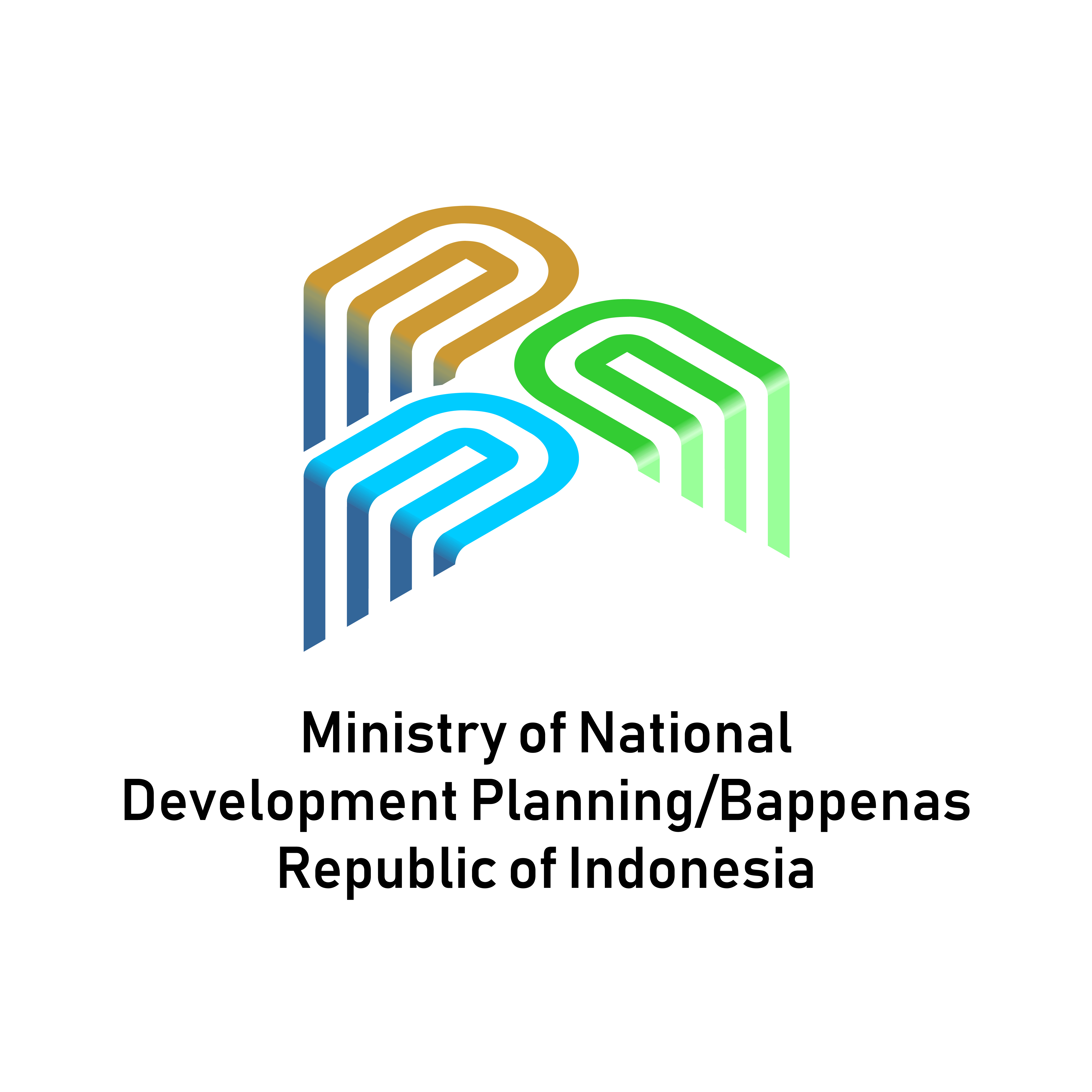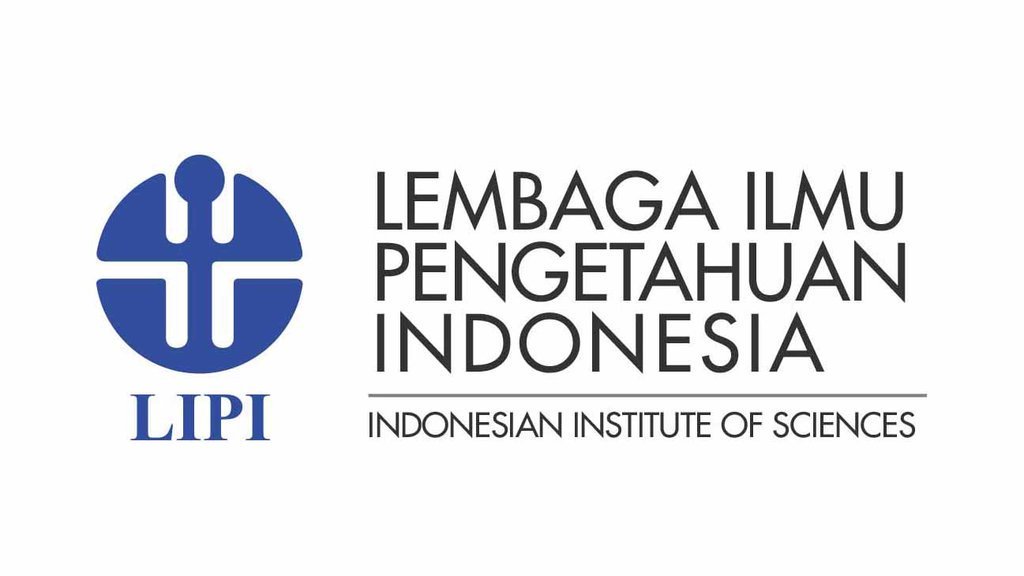Water Price Calculations in Concept Of Environmental Service: A Case in Cimanuk Watershed
DOI:
https://doi.org/10.36574/jpp.v3i3.84Keywords:
Water Prices, Watershed Management, Environmental Services, ForestsAbstract
Cimanuk Watershed is one of the important water sources in West Java Province. The damage that occurred in Cimanuk watershed affected the sustainability of water supply in West Java. The administrative area of ??Cimanuk watershed extends to 4 regencies, namely Garut Regency, Sumedang Regency, Majalengka Regency, and Indramayu Regency. The Cimanuk River itself has a length of ± 338 km which can supply water needs of 2.2 billion m3 every year with the main utilization for irrigation in agricultural areas. Forest areas in the upper Cimanuk watershed affect the continuity of the hydrological, erosion and sedimentation process. Changes in the upstream area in terms of land use and forest exploitation that do not consider environmental aspects can damage the entire watershed ecosystem, causing fluctuations in water flow, sediment transport, and material dissolved in the water flow system. Given the reciprocal relationship in the concept of watershed management, the implementation of the Payment Environmental Services or PES mechanism is important, where water is one of components that deserves be consideration. The economic valuation of water quantified as water prices is also a fundamental reason for the importance of PES studies. Water prices based on scientific calculations, both qualitative and quantitative, determine the "feasibility value" that will be given from the downstream community upstream as conservation actors to support the concept of fair environmental services. Quantitative analysis is carried out in the form of valuations involving several methods, namely the Contingent Valuation Method, Value of Marginal Product Water, and Full Cost Pricing. The price of water can be used as an indicator of the cost of forest environmental services as a water provider as well as improving market mechanisms. This paper concludes the mechanism of payment for environmental services (PES) through water pricing policies can be an alternative source of funding to improve the condition of a watershed
Downloads
Downloads
Published
How to Cite
Issue
Section
License
This is an open-access article distributed under the terms of the Creative Commons Attribution-NonCommercial-ShareAlike 4.0 International License. Copyright © Kementerian PPN/Bappenas RI


















